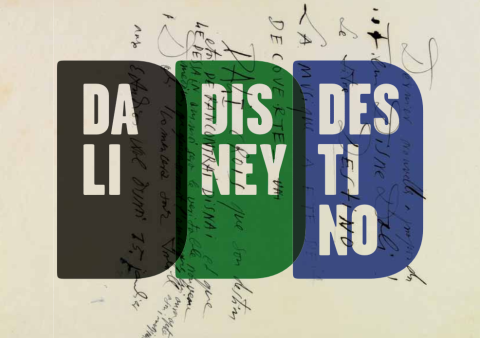“That’s life. Whichever way you turn, Fate sticks out a foot to trip you.” – Al Robert (Tom Neal), Detour
Film Noir. When you think that phrase, the mind is immediately drawn to images of leggy ice queens, rumbled losers in fedoras, guns, neon and certain deadpan cynicism. Film Noir wasn’t a self conscious movement in the way the French New Wave was. It wasn’t a brand name like a Marvel superhero epic. But it did tap into something dark in the American postwar zeitgeist and became for a spell hugely popular. It also created some of the most unforgettable images in film history.
Film Noir hit its zenith in the late ‘40s, a time when veterans were returning home in droves after having witnessed unimaginable horrors. Under the weight of war trauma, men felt the brittle veneer of traditional masculinity – strong, stoic and dominant — crack and crumble. Film Noir tapped into this anxiety. It’s no accident that film scholars have called Film Noir the male weepy.
Above is a BBC documentary about the genre that lays out its rules. The movie features interviews with director Paul Schrader, cinematographer Roger Deakins and George Pelecanos who both wrote and produced The Wire. Check it out.
Rule #1: Choose a Dame with a Past and a Hero with No Future
The noir protagonist is inevitably some hapless schmuck who is doomed, suckered to death or ignominy by lust, greed or some darker subterranean self-destructive urge. And inevitably the catalyst for this fall is a dame. Usually blonde. Always gorgeous. The femme fatale is inevitably the center of the movie and frequently its antagonist. Film Noir bluntly lays bare what wasn’t discussed in polite society; that the way for a woman to get power in American society was through sex. The gender dynamics in this genre are the stuff that has launched hundreds of PhD dissertations.
Rule #2: Use No Fiction But Pulp Fiction
Studios rushed to adapt the pulp works of Raymond Chandler, James M. Cain and particularly Dashiell Hammett, the first true hardboiled writer. Hammett’s novels like Red Harvest and The Maltese Falcon are terse, violent and cynical; they contain the DNA of the Film Noir.
Rule #3: See America Through a Stranger’s Eyes
The rise of Nazism in Germany forced hundreds of writers, filmmakers and composers like Fritz Lang, Robert Siodmak and Billy Wilder to the sun-dappled shores of Los Angeles. With them, they brought the aesthetics of German Expressionism — canted camera angles, stark lighting and grotesque shadows. It was a look that merged seamlessly with the bleak, elemental stories of Noir. They also brought with them a war-weary foreigner’s sense of the country, one that saw the brutality and corruption of America beneath the patriotic bunting.
Rule #4: Make It Any Color As Long As It’s Black
They wouldn’t call it Film Noir if the movies didn’t use a lot of black.
Rule #5: It Ain’t What You say It’s the Way That you Say it
The Hayes code limited how bawdy and violent Film Noir could get. So filmmakers got creative, using off-screen space and lots and lots of euphemisms. Check out what Lauren Bacall says to Humphrey Bogart in The Big Sleep.
Speaking of horses, I like to play them myself. But I like to see them work out a little first, see if they’re front runners or come from behind, find out what their hole card is, what makes them run.
It’s pretty obvious she isn’t talking about horses. And if you want to see just how lascivious her delivery is, watch the film above.
And if you want to watch more Film Noirs, don’t miss our collection of 36 Free Film Noir Movies, which features classic movies by John Huston, Orson Welles, Fritz Lang, Ida Lupino and many others. It’s part of our bigger collection, 4,000+ Free Movies Online: Great Classics, Indies, Noir, Westerns, Documentaries & More.
Related Content:
Watch Fritz Lang’s Censored Noir Film, Scarlet Street, Starring the Great Edward G. Robinson (1945)
Detour: The Cheap, Rushed Piece of 1940s Film Noir Nobody Ever Forgets
Watch D.O.A., Rudolph Maté’s “Innovative and Downright Twisted” Noir Film (1950)
The Third Man: Film Noir Classic on YouTube
Jonathan Crow is a Los Angeles-based writer and filmmaker whose work has appeared in Yahoo!, The Hollywood Reporter, and other publications. You can follow him at @jonccrow.


